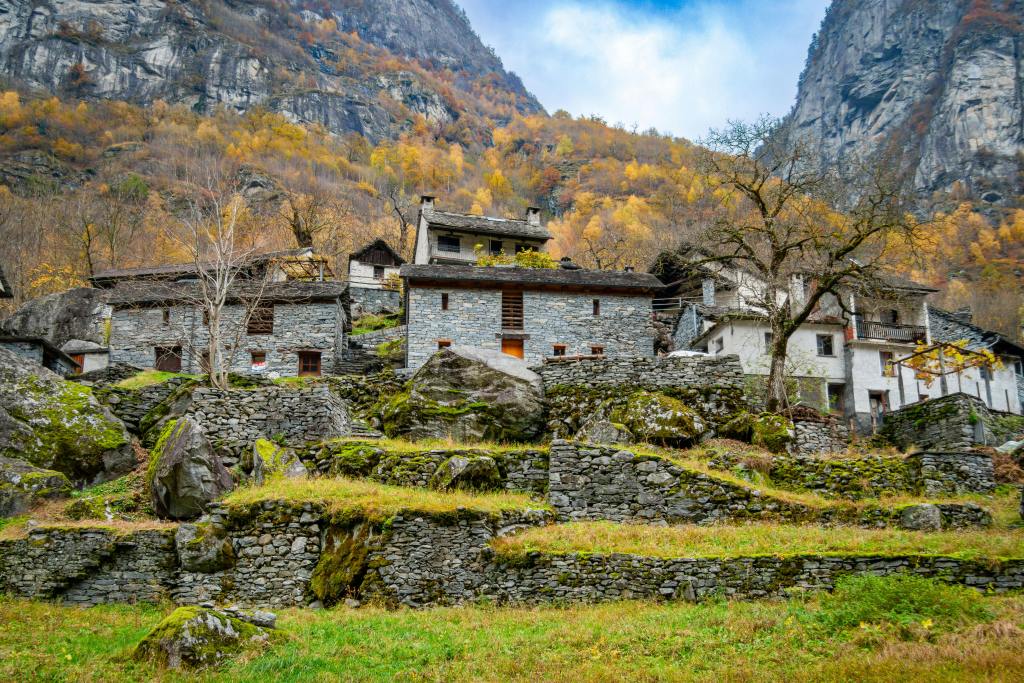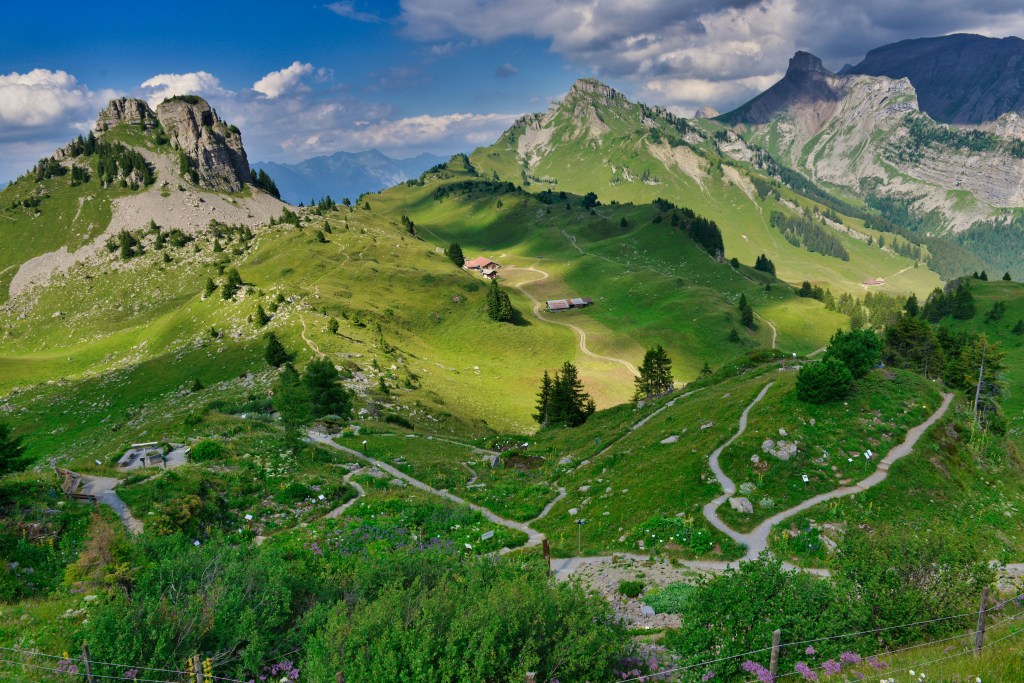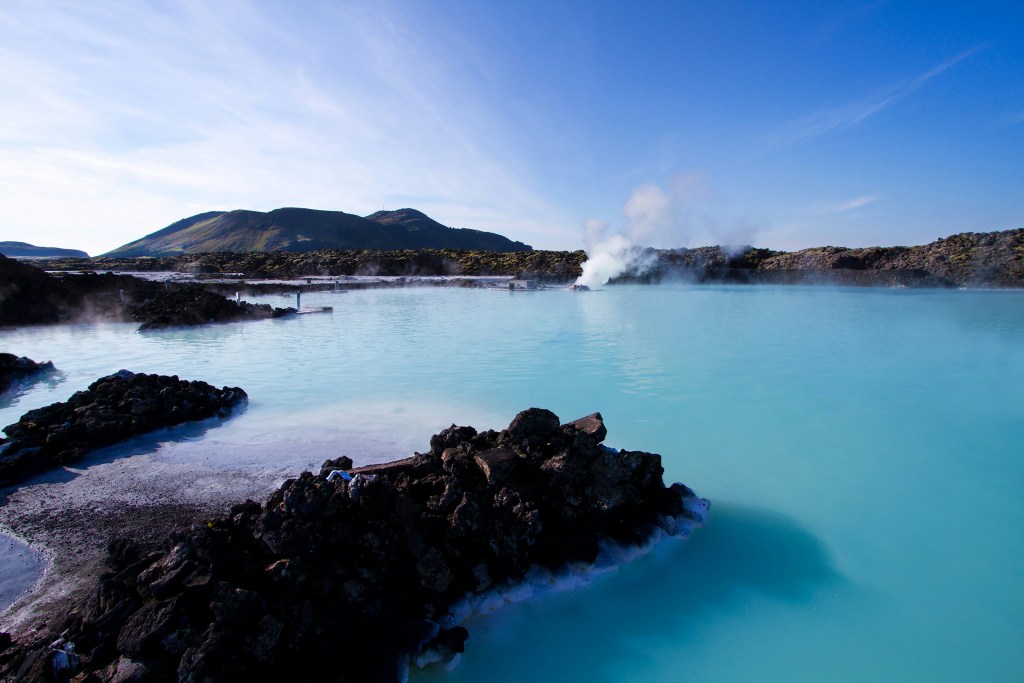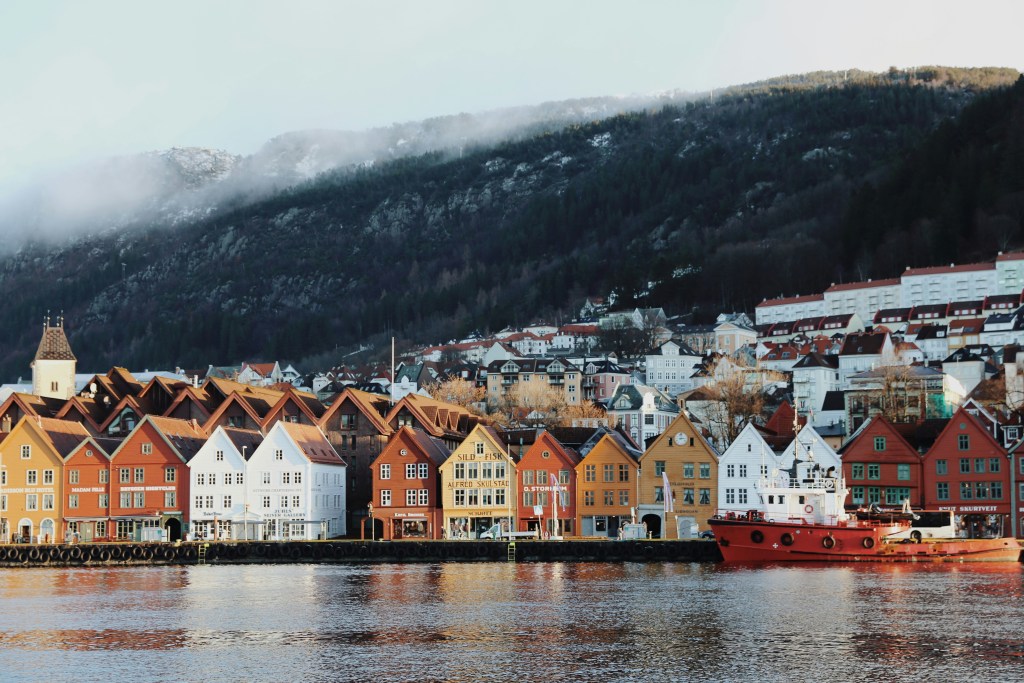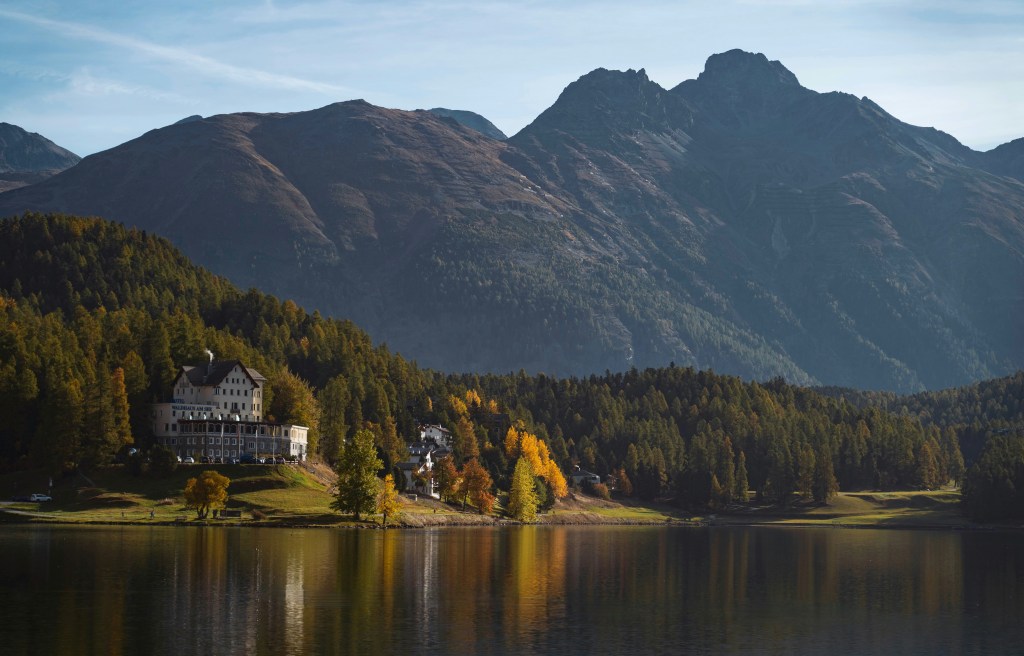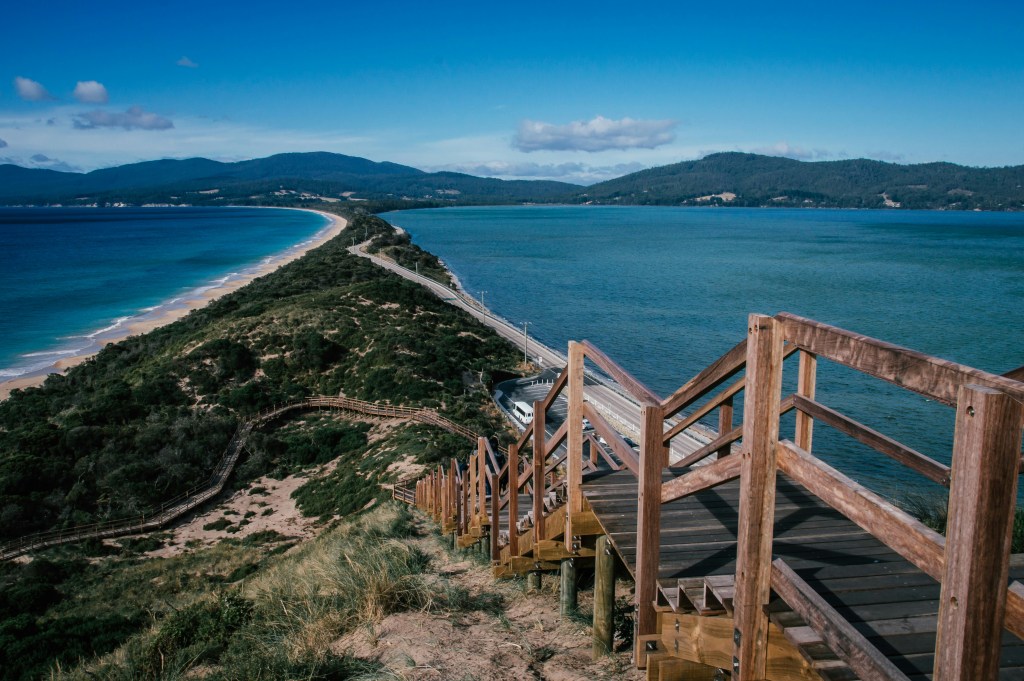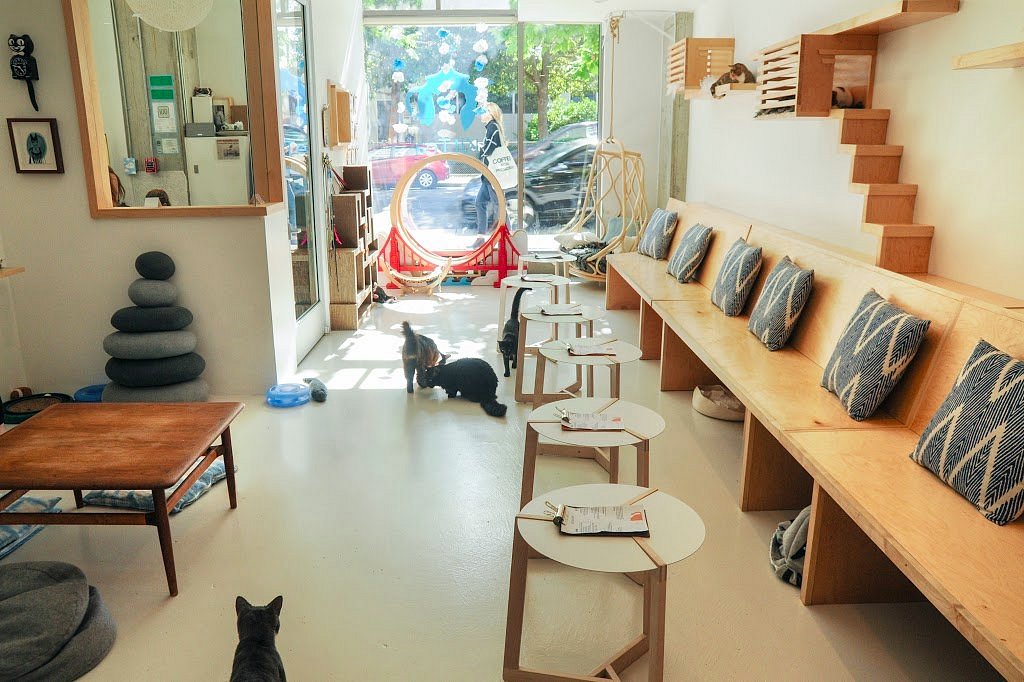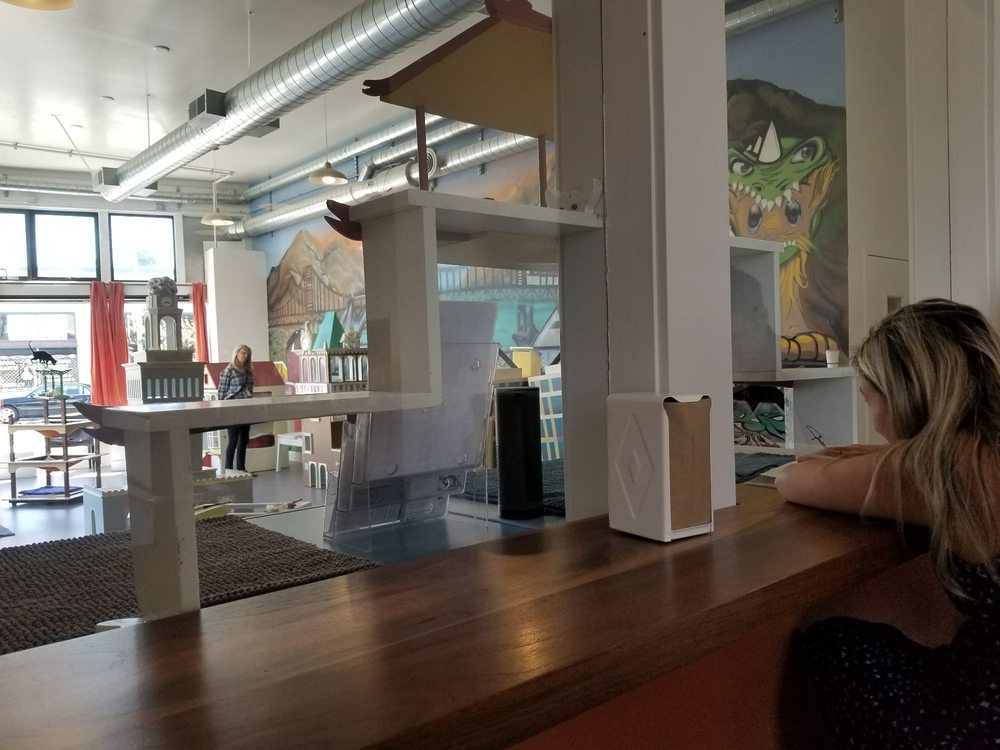Almost every traveler is on the hunt for a deal.
Or, if not actively on the hunt, then at least passively interested in savings—especially when it comes to flying.
Flights are one of the most expensive elements of planning a trip. Unfortunately, airlines have been hit hard by inflation over the last years, as with most other products and services. Since the lockdown, the cost of flying has risen by 12%.
And while flights have risen less than lodging, car rentals, and meals, they still cost an arm and a leg.
Especially for those who don’t want to sit in economy.
Five years ago, advice on how to get upgrades revolved around a few core concepts. Namely, showing loyalty to an airline, avoiding popular routes, and flying during low days.
But does this advice still apply in 2024?
Today, you need to do a bit more research to potentially nab a flight upgrade—especially now that airlines are busier than ever before and might have multiple partners.
Here are a few tips that could help you earn free flight upgrades in the future.
Tip #1: Loyalty still pays
Back in 2019, showing loyalty to an airline was one of the best ways to get free flight upgrades. The same is true in 2024.
Plain and simple, flight attendants and airline employees will always favor flyers who are members of their rewards club and who are credit card holders.
I know—this tip probably sounds redundant.
But let’s shed light on a few of the other benefits: not only do loyal flyers get first dibs on upgrades, but they might also get perks like early boarding, waived luggage fees, and invitations into swanky airport lounges.
If you’re a frequent flyer and you haven’t become an elite member, consider this your sign.
Tip #2: Research, research, research!
Now, let’s dig into how to get free flight upgrades without loyalty.
The rest of the tips in this article can be used by anyone—even those who regularly use savings sites to book their flights.
The best way to get free flight upgrades is to strategically put yourself in the position to get them. (Who would have thought?)
This means you need to research two things: flight time and flight capacity.
Book flights that run during the slowest flying days, usually Tuesday, Wednesday, and Thursday. Avoid mid-morning flights—flight attendants say this is the busiest time.
Once you’ve booked a ticket on a slower day and a slower hour, then look into your flight’s capacity. You can do this on an airline’s website, which lets you gain access to your flight’s information, including the number of tickets sold for it.
If it’s sold out, you can save yourself some heartbreak. You’re not getting that upgrade. But if it’s not, you can approach the counter and ask for an upgrade. (More on how to ask for an upgrade below.)
Tip #3: Always go for ‘under the radar’
If you want access to free flight upgrades, you need to do more than choose slower times to travel.
Many flight attendants suggest avoiding the busiest travel times and routes. That means no flying during the holidays and major events, while also avoiding the most popular flight routes.
For example, flights between big cities like New York City and Miami or New York City and Los Angeles are very popular, meaning upgrades are rarely available.
But if you’re willing to take a less popular route, you’ll likely be joined by fewer travels. Fewer travels always increases your chances of getting free flight upgrades.
Tip #4: Be honest about your needs
Now that you know when and how to book flights that will give you a better chance of getting free upgrades, let’s focus on how to speak to flight attendants and gate agents.
First and foremost, go above and beyond to be kind. (Seriously—this is an important note, so I’ll cover it more below.) Second, if you’re facing a tough flight for some reason, then speak up.
When possible, flight attendants and gate agents will offer upgrades to those who are visibly pregnant, have young children, and are otherwise obviously in need of a little extra TLC.
But if you’re traveling for a funeral or an anniversary, for example, gate agents might help you out. Assuming you know when and how to ask, that is.
Tip #5: Know when to ask
That brings us to the next point—when and how should travelers approach gate agents to ask for an upgrade? Keep in mind that once you’re on the plane, employees can’t upgrade your seat, so you need to ask before boarding.
Usually, a straightforward appeal works just fine.
State that you noticed the flight had empty seats and that, if upgrades have already been cleared, you’d love to be considered. Mention any special circumstances, then move along. Maybe address the gate agent by name if they’re wearing a name tag.
If you’ve been kind and respectful, the gate agent will remember that. Keep in mind that gate agents and flight attendants face some serious vitriol on the daily. In other words, they will not forget your kindness.
Tip #6: Manners still matter—and so does looking presentable
When I covered how to handle a missed connecting flight, one of the most important factors at play was manners.
Flyers who exemplify a levelheaded and optimistic approach at the airport are rare. Kindness goes a long way in getting your free upgraded seats.
Lastly, it seems that looking presentable matters, too. While there’s tons of misinformation surrounding what to wear at the airport, let me reiterate: you don’t need to dress to the nines. You’re allowed to be comfortable on a nine-hour flight.
But, at the same time, some flight attendants have reported that dress does affect who gets free flight upgrades. In some cases, they’re instructed not to hand out upgrades to passengers who might look a little too casual.
